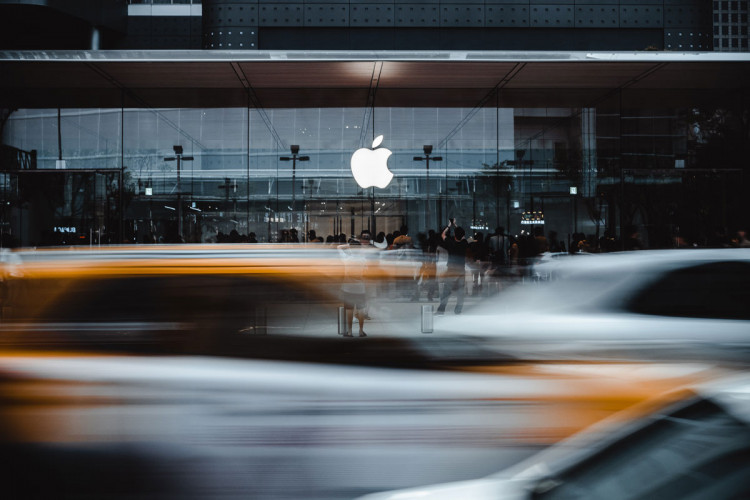Apple is currently working on a holographic Heads-Up Display (HUD) it can fit into a car that can display on windows or other surfaces various information that drivers can see.
The United States Patent and Trademark Office recently approved Apple's patent application that proposes the integration of a holographic HUD system in a land-based vehicle, such as the Apple Car. The system display different types of information on the car's side windows or other surfaces that the driver can easily see and use.
The US Patent Office on Tuesday approved Apple's patent entitled "System with holographic head-up display," which the Cupertino-based tech giant filed in February of 2019. Aircraft, particularly fighter jets, use the HUD system, though, in recent times, other types of vehicles use them. The one proposed by Apple in its patent application features a holographic HUD that can display information on windows and other surfaces that drivers can easily see.
Conventional HUD systems use projected light to show data or information on a surface, oftentimes the front windshield of a vehicle. However, Apple notes that fixed design parameters, combined with the permanent angle of a front windshield, present makers with "undesirable restrictions," forcing them to tailor-make their HUD systems based on the car's front design. "For example, a conventional head-up display may be incompatible with the side window of a vehicle because light reflected off of the side window from a display reasonably mounted within the structure of the vehicle does not reach the user's eyes due to the law of reflection," the patent stated. Apple's HUD system, on the other hand, relies on a display output device together with optical combiners to form holographic elements. This holographic HUD system allows car drivers to see information displayed on side windows and other surfaces.
An ‘Apple Car’ could sport a holographic display system and ‘HoloDash OS’ https://t.co/viCUfAuDF0 — Apple World Today (@AppleWorldToday) December 15, 2020
Apple's patent also revealed that it is possible to configure holographic elements so they can reflect light at a particular angle. The configurable feature of Apple's holographic HUD system is important as it allows "light to reach a viewer's eyes even when the heads-up display reflects light off a side window in the vehicle," thus allowing the driver to clearly see information displayed on side windows and other surfaces of the vehicle. The patent also stated that the holographic element could either be switchable or non-switchable, which involves using permanently encoded holograms. Switchable holographic elements, on the other hand, involve the application of an electric field to the entire system.
Like other conventional HUD setups, Apple's holographic HUD system gathers vehicle data, as well as information about its passengers and the surrounding environment using a collection of cameras, sensors, and many other sources. The system then displays the information on side windows, front windshield, and other surfaces through holographic elements.



